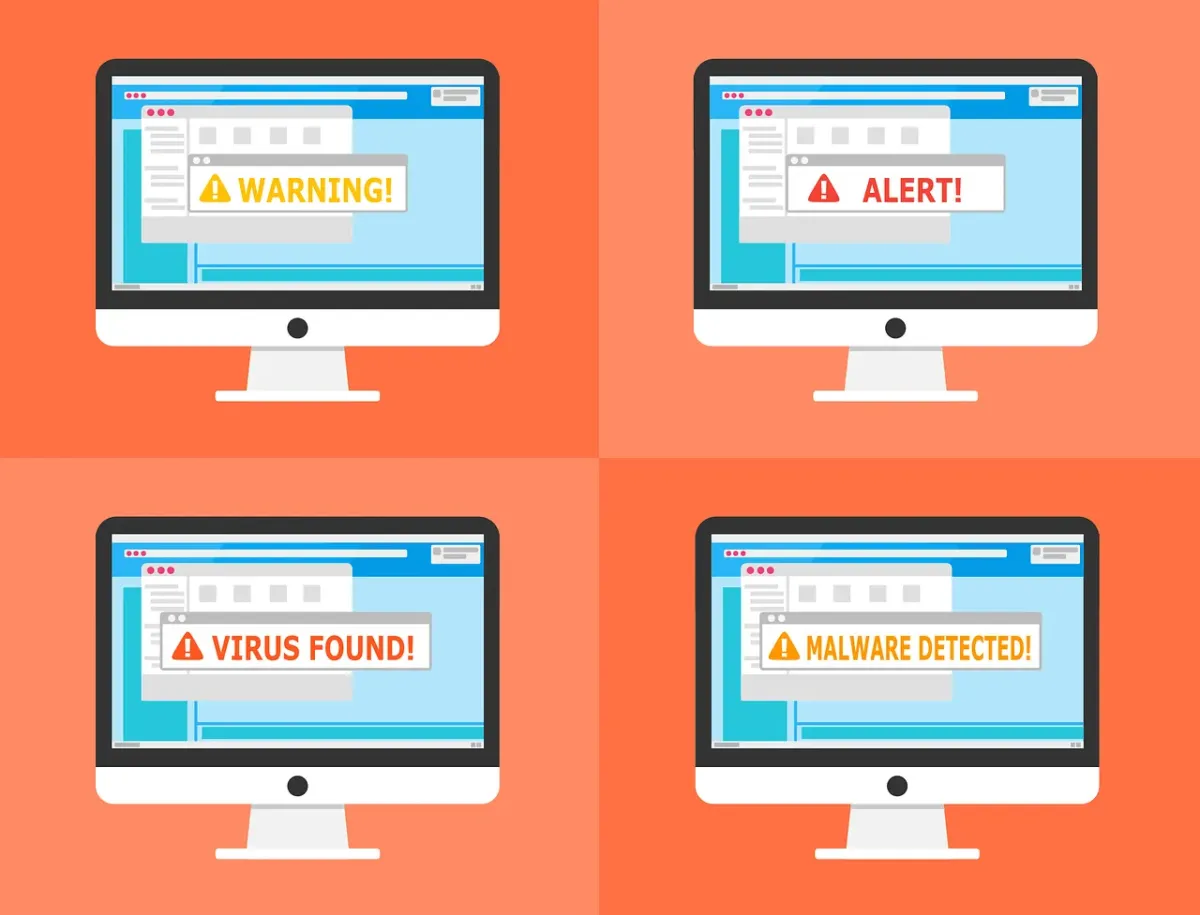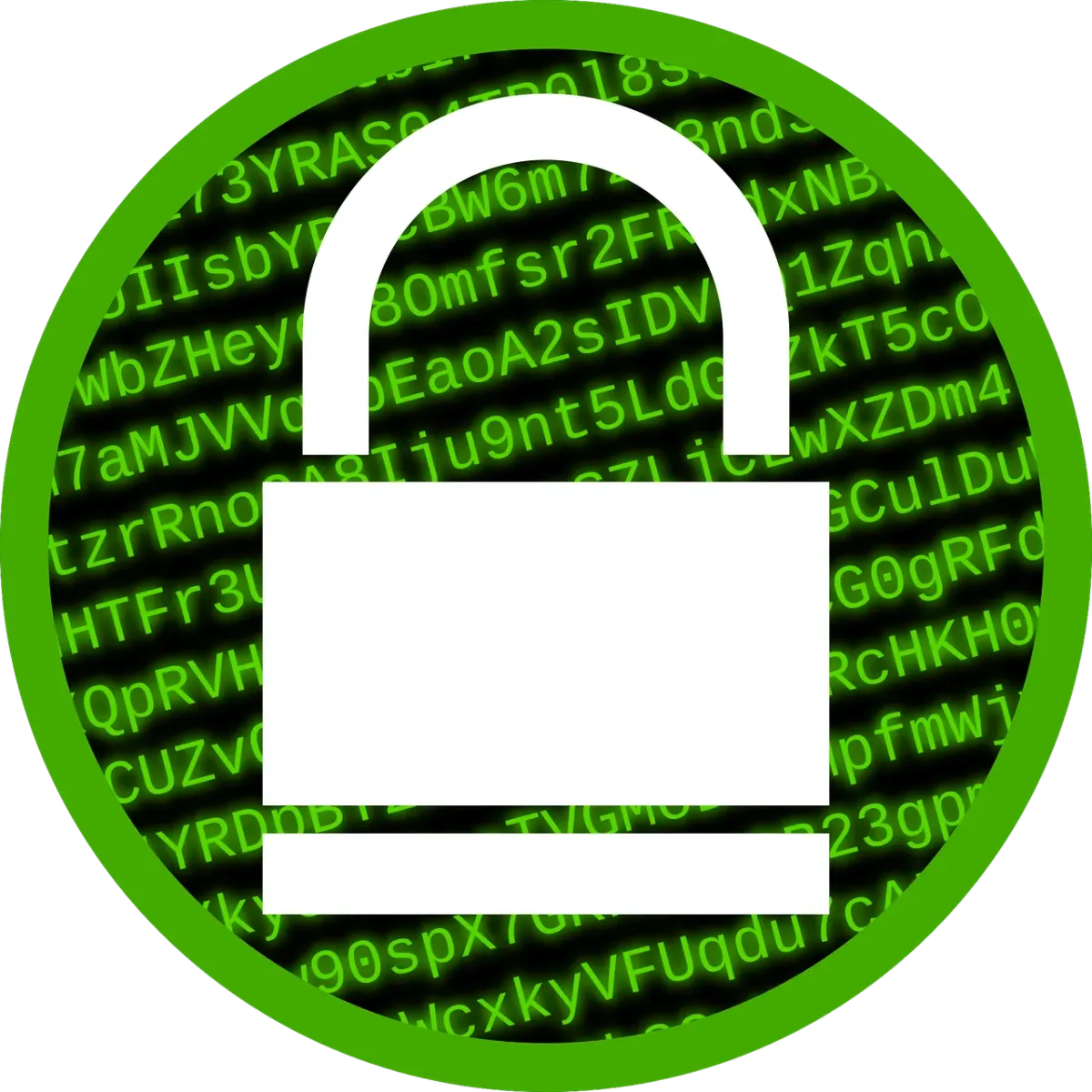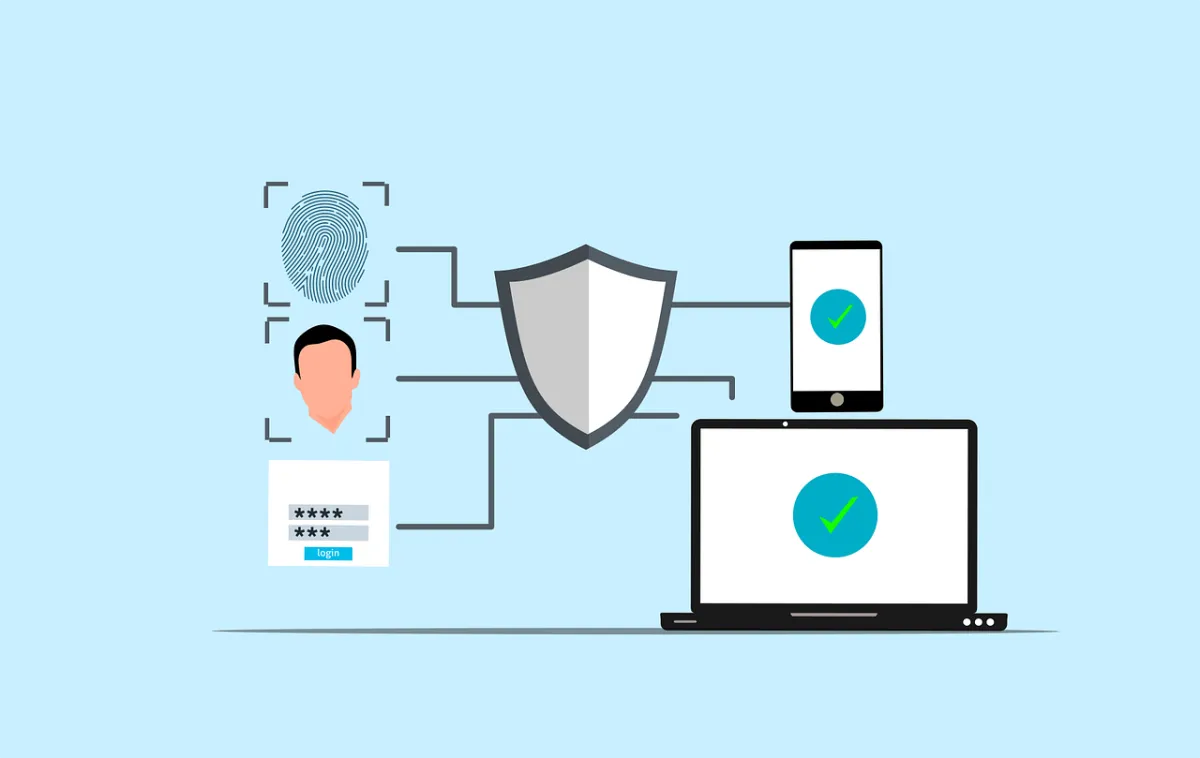
Crossover IT
Newsletter
Crossover IT Newsletter delivers the latest tech trends, insights, and practical tips, helping IT pros and enthusiasts stay ahead and sharpen their skills in a rapidly evolving digital world.

Recent Blog Posts

Event Logging Best Practices
Today’s businesses are no stranger to the word cybersecurity. They are facing a growing wave of cyberattacks. These come from ransomware to sophisticated phishing schemes. How do you stand ahead of these threats? A strong cybersecurity strategy is essential. One crucial component of this strategy is event logging. It’s one that not every business owner is aware of.
Google Search Malvertising
There are many types of malware. One of the most common is called “malvertising.” It crops up everywhere. Including social media sites and websites. You can also see these malicious ads on Google searches.
Two things are making malvertising even more dangerous. One is that hackers use AI to make it very believable. The other is that it’s on the rise, according to Malwarebytes. In the fall of 2023,
malvertising increased by 42% (month over month)
.


Embrace Cashless Evolution
Discover the essential tech tools that can help micro and small businesses streamline operations, improve customer engagement, and scale sustainably. From cloud solutions to CRM platforms, this guide breaks down affordable and scalable options for every MSB.
Data Breach Notice
When it happens, you feel powerless. You get an email or letter from a business saying someone breached your data. It happens all too often today.
Data breaches happen at banks, online sites like Facebook, and ecommerce stores. Not only that, but governments are also victims. This leaves things like your address, SSN, and credit card details exposed to thieves.
A business getting hacked is something you have little control over. But you can take important steps afterwards. We’ve outlined the most important things to do below. These steps can help you mitigate the financial losses.

Read more from our Blogs

A Small Business Guide to Implementing Multi-Factor Authentication (MFA)
Cybercriminals are relentless, and weak passwords are their favourite target. For small to medium businesses (SMBs) in Newcastle, a simple password just isn’t enough anymore. That’s why Multi-Factor Authentication (MFA) has become an essential security tool.
At Crossover IT, we help SMBs across Newcastle implement MFA in a way that’s simple, practical, and effective — without breaking workflows.
Why MFA Matters for SMBs
MFA adds an extra layer of defence. Even if a hacker steals a password, they still can’t get in without a second factor, like a text code or a fingerprint. With nearly 43% of cyberattacks targeting small businesses, MFA is a must-have, not a “nice to have.”
How MFA Works
MFA uses at least two of these factors to verify identity:
Something you know (like a password)
Something you have (like a smartphone or security token)
Something you are (like a fingerprint or facial scan)
By combining them, you make it far harder for attackers to break through.
How to Roll Out MFA in Your Business
A smooth MFA rollout takes planning. Here’s a step-by-step guide:
1. Assess Your Risk
Identify which systems hold your most valuable data, like:
Email accounts
Cloud services (Microsoft 365, Google Workspace)
Customer databases
Remote access tools
Start your MFA rollout with these priority areas.
2. Choose the Right MFA Solution
Popular options for small businesses include:
Google Authenticator: Free, simple, and effective
Duo Security: User-friendly with flexible options
Authy: Allows multi-device syncing
Okta: Enterprise-grade with advanced integrations
Pick a solution that fits your team’s budget, size, and ease of use.
3. Roll Out in Phases
Don’t try to force MFA on every employee at once. Roll it out in stages:
Start with leadership and admin accounts
Expand to other critical teams
Then cover all staff accounts
This phased approach helps with training and adoption.
4. Train Your Staff
Most MFA failures happen because employees don’t understand how to use it. Provide clear instructions, videos, or even quick walkthrough sessions to help them get comfortable.
5. Monitor and Adjust
Once MFA is active, monitor its performance:
Check adoption rates
Gather feedback on ease of use
Fine-tune policies if needed
Revisit your MFA policies regularly as your business grows.
Overcoming Common MFA Challenges
Some businesses fear MFA will frustrate employees or cause delays. The reality is, modern MFA tools are designed to be quick and user-friendly. By offering support and training, you can keep the process smooth.
MFA: A Simple Win for Big Security
Adding MFA is one of the fastest, most affordable ways to strengthen your business security. It’s a small step that can block massive threats.
Need help implementing MFA or securing your critical accounts?
Contact Crossover IT — the go-to MSP for SMBs in Newcastle — to build a safer, stronger business.

Innovation
Fresh, creative solutions.

Integrity
Honesty and transparency.

Excellence
Top-notch services.

FOLLOW US
COMPANY
CUSTOMER CARE
LEGAL
Copyright © 2024. CROSSOVERIT. All Rights Reserved. Newcastle, Australia.